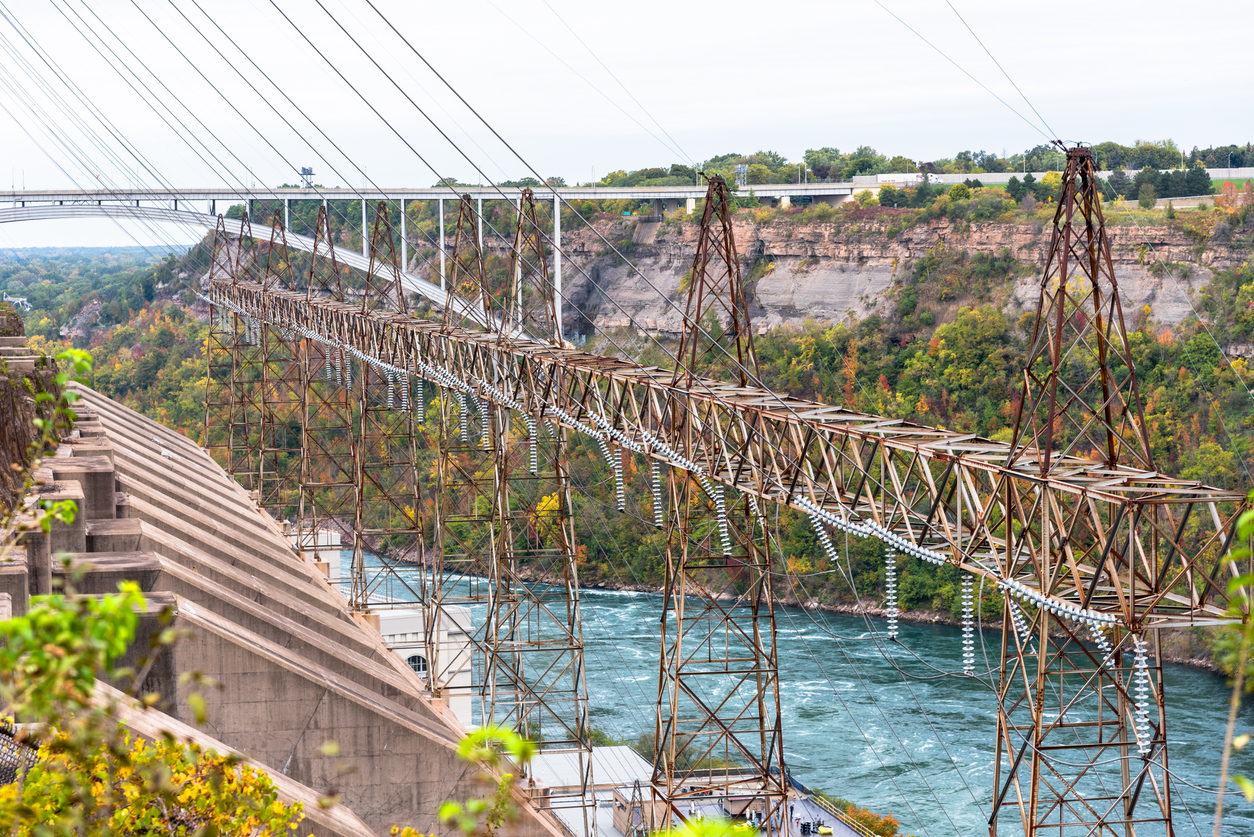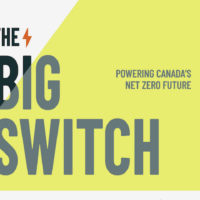This opinion piece originally appeared in the Globe and Mail.
Electricity demand is set to skyrocket in Canada as the clean energy transition accelerates. This means the country must embark on a historic build-out of its power systems to ensure continued prosperity. By 2050, we will require a lot more electricity – perhaps two to three times more generating capacity than is currently in operation.
The federal government has been doing much to encourage the clean energy transition. Now, it needs to help accelerate the transformation of the electricity infrastructure on which that transition relies. The United States recently did so with the Inflation Reduction Act. They put billions of dollars into the kind of build-out Canada needs to participate in a low-carbon future. But our uniquely Canadian jurisdictional issues could be an obstacle to progress.
Because electricity is provincially governed in Canada, it falls largely on the provinces and territories to act by setting their utilities, regulators and system operators to the task. Unfortunately, most have been slow to step up even though clean electricity gives Canada a competitive advantage in a world desperately trying to reduce carbon emissions.
There are several reasons for this sluggishness. At the top of the list are fears about affordability – that the necessary investment to modernize the system will drive up costs to consumers, most of whom also happen to be voters. This affordability anxiety is a constant of provincial politics in Canada. Consumers have shown a propensity to rebel against increased rates. Governments across the country have responded by shielding households from them.
Nova Scotia is the latest example. There, the electric utility argued that a new government cap on electricity rates wouldn’t leave enough money to invest in a more efficient grid. In Ontario, such interventions have long been a fixture of provincial politics.
Letting fears over rates constrain needed investment is understandable. While all the associated investments might only have a small effect on electricity rates, there is a risk they could rise more significantly. Provincial governments are right to be concerned about the risks of consumer blowback, which could potentially even undermine support for climate action. And taxpayers are especially sensitive to potential rate hikes now, as inflation bites into household budgets and the bottom lines of businesses.
Still, this approach is short-sighted. Climate change and extreme weather don’t adhere to economic cycles. Research shows that when we come out the other end of the energy transition, consumers will actually experience reductions in the share of incomes that will be spent on energy.
Ultimately, the worst thing we can do right now is to underinvest in our electricity systems. Policies are required to break the logjam in electricity system planning and investment because, absent a new approach, the necessary and advantageous investments probably won’t materialize fast enough.
Which brings us to what a Canadian Climate Institute report calls “electric federalism:” a made-in-Canada solution where provinces and the federal government join forces to deliver an affordable, reliable, clean and prosperous energy future for Canadians. The federal government would commit taxpayers’ funds in pursuit of essential national objectives. The provinces would manage those funds and invest in transforming their systems in their own particular way while abiding by some high-level principles, as they’ve just done with $10-a-day child care. It would all be very Canadian.
Under electric federalism, provinces would continue receiving federal money, topped up by their own funds, for electricity system investments. In exchange, provinces would require regulators, system operators and utilities to build out a cleaner, bigger, smarter grid. And provincial governments would agree to develop net-zero energy plans that would guide this build-out.
Not only would this approach clear the current logjam, it could also offer a fairer way of bearing the costs of system upgrades. Income-tax systems raise revenues in a more progressive way than ratepayer systems, which treat all households the same. Recent analysis shows that most people come out ahead if investment costs are covered from income taxes instead of electricity bills. Low-income households would particularly benefit.
Electric federalism would ultimately benefit provincial ratepayers, reducing political impediments to electricity system transformation. Together, the two orders of government can catalyze the change that Canada needs to undertake to thrive in the 21st century.
Canada’s federal structure, with its large and powerful provinces, sets us apart from other countries navigating energy transitions. Let’s turn that disadvantage on its head by designing and following a uniquely Canadian approach to a cleaner, safer and more competitive energy future.








